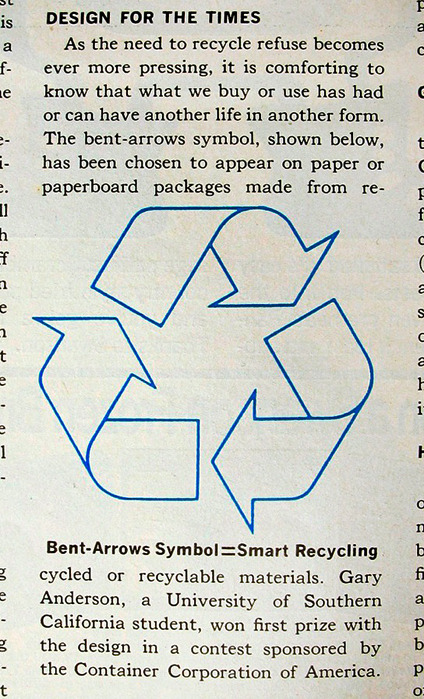Text
“One long interview features “Marcel,” an elderly watchmaker in a small Swiss workshop and an amateur filmmaker who records only scenes of nature. Godard shows Marcel’s naive but majestic images of mountains and rivers, and when he asks the craftsman why he doesn’t add a commentary (“to record what is going on inside you”), Marcel answers, “The images show what is going on inside me.” Within several years, Godard too would start to film nature, and would do so more insistently, and with more originality, in order to show what was going on inside himself. Marcel opened up to Godard the possibilities of filming nature spontaneously and simply, yet grandly. The amateur movies of Marcel Reymond would prove to be a more direct inspiration to Godard’s later work than even Bresson or Rossellini had been to his earlier films.”
Richard Brody, Everything is Cinema
19 notes
·
View notes
Text
“If art is to be something more than a way of aspiring to personal fulfilment by ransacking the storehouse of possibilities, the situation of the contemporary artist is in fact scarcely to be envied. Not men but what devours them must be loved.
“Another dead end is represented by one of today’s other major artistic procedures summed up in the words re-usability, “mixing”, referencing and plagiarism which can even go so far as to claim Situationist “détournement”. It only means anything in the context of a community of people with the same cultural references that—at least within the group—have “classic” value and that retain it for a certain period, be it Greek literature among cultured people of the nineteenth century or Surrealist literature for the early Letterist movement. In this context it is even possible to create works composed entirely of quotations. Today, there is no longer a universal cultural heritage, even among, say, rock music fans for whom Chuck Berry is now as far removed as Beethoven.”
Anselm Jappe, The Writing on the Wall
6 notes
·
View notes
Text
"On October 17, 1979, eight milk trucks left the Soprole milk factory to drive through the city of Santiago according to a previously planned route, which ended at the National Museum of Fine Arts, where the trucks stood for hours forming a long line. The route symbolically connects a milk producing factory with a conservative 'art factory', the museum. This connection is further performed by closing the entrance to the Museum by covering the façade with a large white cloth. This civil action sought to expose political violence, cultural censorship, and human misery in a country threatened and under surveillance by Augusto Pinochet's dictatorship. The Museum was under the control of the dictatorship so the milk trucks worked as a critical reference to military technology and Pinochets regime."

Colectivo Acciones de Arte (C.A.D.A), Inversión de escena, (action, photography; 35 mm slide), 1979 [Museo Nacional Centro de Arte Reina Sofía, Madrid. © Lotty Rosenfeld. © C.A.D.A (Colectivo Acciones de Arte)]
15 notes
·
View notes
Photo
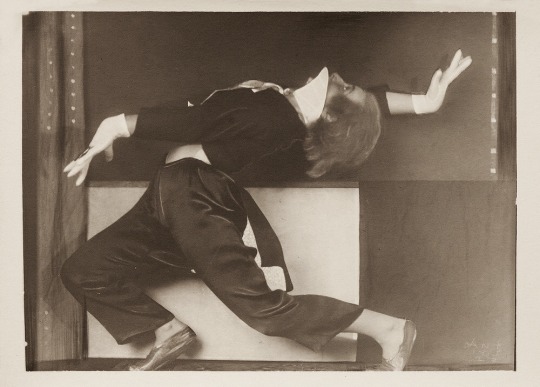
Anton Josef Trčka :: Mimo-plastische improvisationen (Cilli Wang, Ernst Ceiss), 1927. Bromography | src mutualart
view on wordpress
99 notes
·
View notes
Text
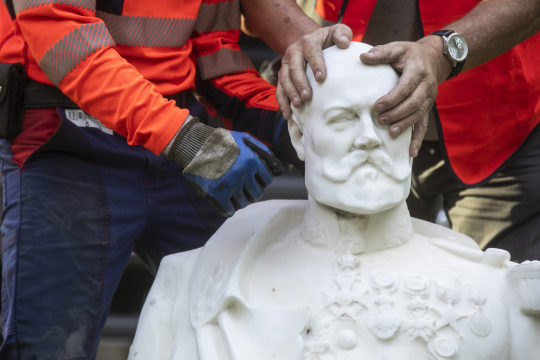
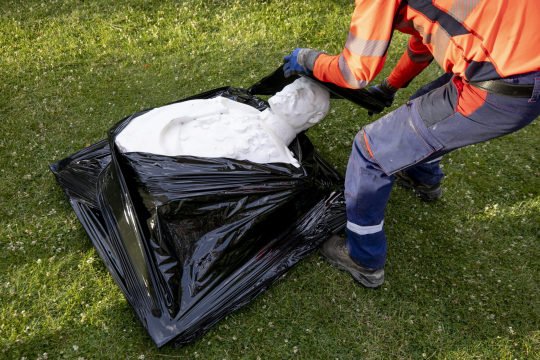
Émile Storms statue being removed 2022
1 note
·
View note
Text

Entrance Court of the Yale Center for British Art (1974-77) in New Haven, CT, USA, designed by Louis Kahn. Photo by Richard Caspole.
92 notes
·
View notes
Text

Francis Picabia: Prostitution universelle. 1916/17
"Imagined as a set of circuits indicating the dynamism of circulation itself over any fixed object, body, or identity, and as a diagram of the movement connecting visual information to things, words, textures, and concepts, Universal Prostitution replaces the stasis of representation with a notational form indicating the dynamic value itself as nothing but circulation and extraction, Other, less articulated moments are strewn across the visual surface. Picabia’s strange diagram might thus be understood as a demonstration of the self as it is distributed over circuits of production and social reproduction." Jaleh Mansoor; Universal Prostitution: Francis Picabia's Diagrams of Proletarianization. October 2023; (185): 67–83, 81 doi: https://doi.org/10.1162/octo_a_00493
0 notes
Text

Analyze text or websites with this online graph tool:
https://nocodefunctions.com/cowo/semantic_networks_tool.html
0 notes
Text

1 note
·
View note
Text
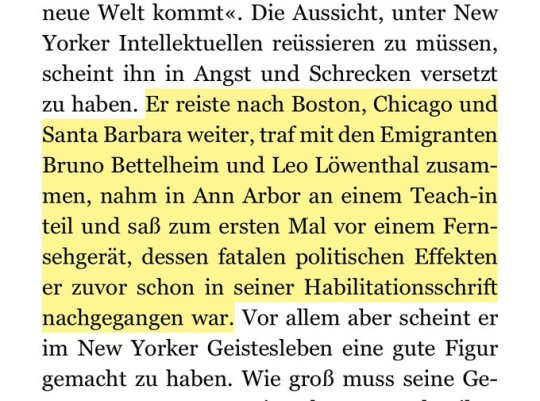
"In Philipp Felschs Habermas-Buch wird berichtet, Habermas habe erst 1965 bei einer Reise in die USA zum ersten Mal vor einem Fernsehgerät gesessen, drei Jahre nach "Strukturwandel der Öffentlichkeit"." Franzen auf Twitter
2 notes
·
View notes
Text

2022: "Flag protests are desecrating Soviet memorials, says Russia" (The Times UK)
0 notes
Photo

Anthony Hernandez / Landscapes For The Homeless #16 / 1989
4 notes
·
View notes
Text

Everything 2, Photo by Anthony Hernandez, 2002-04
790 notes
·
View notes
Text

Everything 4, Photo by Anthony Hernandez, 2002-04
1K notes
·
View notes
Text

Zdravko Dučmelić (1923-1989) — Labyrinths of Jorge Luis Borges [mixed media on hardboard, 1987]
200 notes
·
View notes
Text

Monumentalise - Instructions by Dan Allon
https://www.monumentalise.de/instructions/
0 notes
